On the occasion of the 2025 Paris Air Show, Flightreviews.net had the opportunity to explore the world of Pilatus, the renowned Swiss manufacturer known for its rugged, versatile aircraft. Two models took center stage: the PC-24, the brand's only business jet, and the all-new PC-12 Pro, an evolution of its successful single-engine turboprop. While each aircraft reflects a distinct philosophy, they share a common DNA: intelligent performance.
Now approaching a decade in service, the PC-24 could be considered a dependable option in the light jet segment. The aircraft on display incorporated many of the key traits associated with the Pilatus brand: a clean, functional interior design, and a focus on operational usability over ostentation.
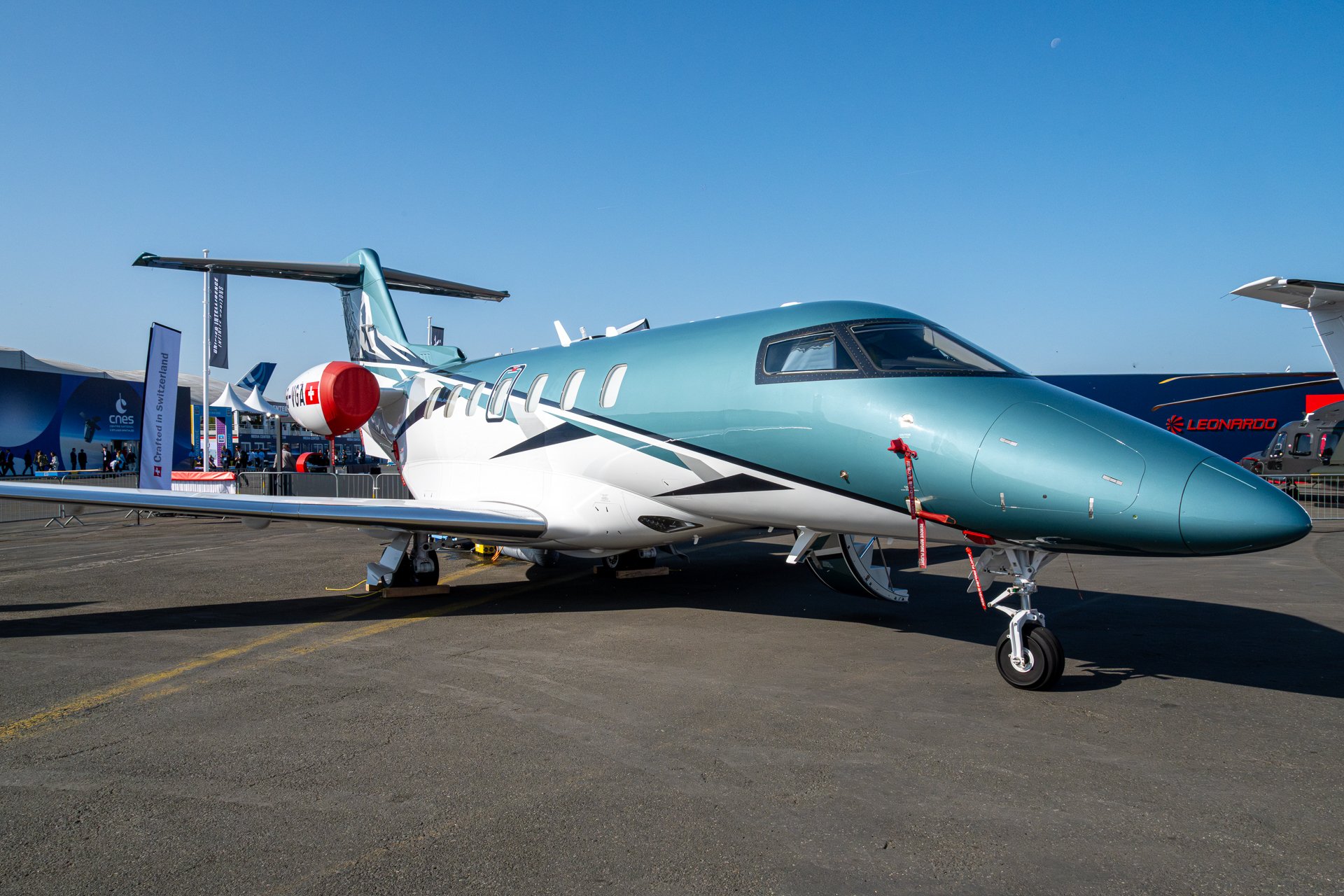
Among the notable features, the sofa-style seating configuration stood out. While its appeal would depend on its mission profile, it might offer a rare and convivial layout for this category. The standard seats appeared to be well-engineered: ergonomic, adjustable in recline, with movable headrests and swivel capabilities. Foldable tables, suitable for working or dining, could further enhance a cabin experience that prioritizes efficiency over luxury.
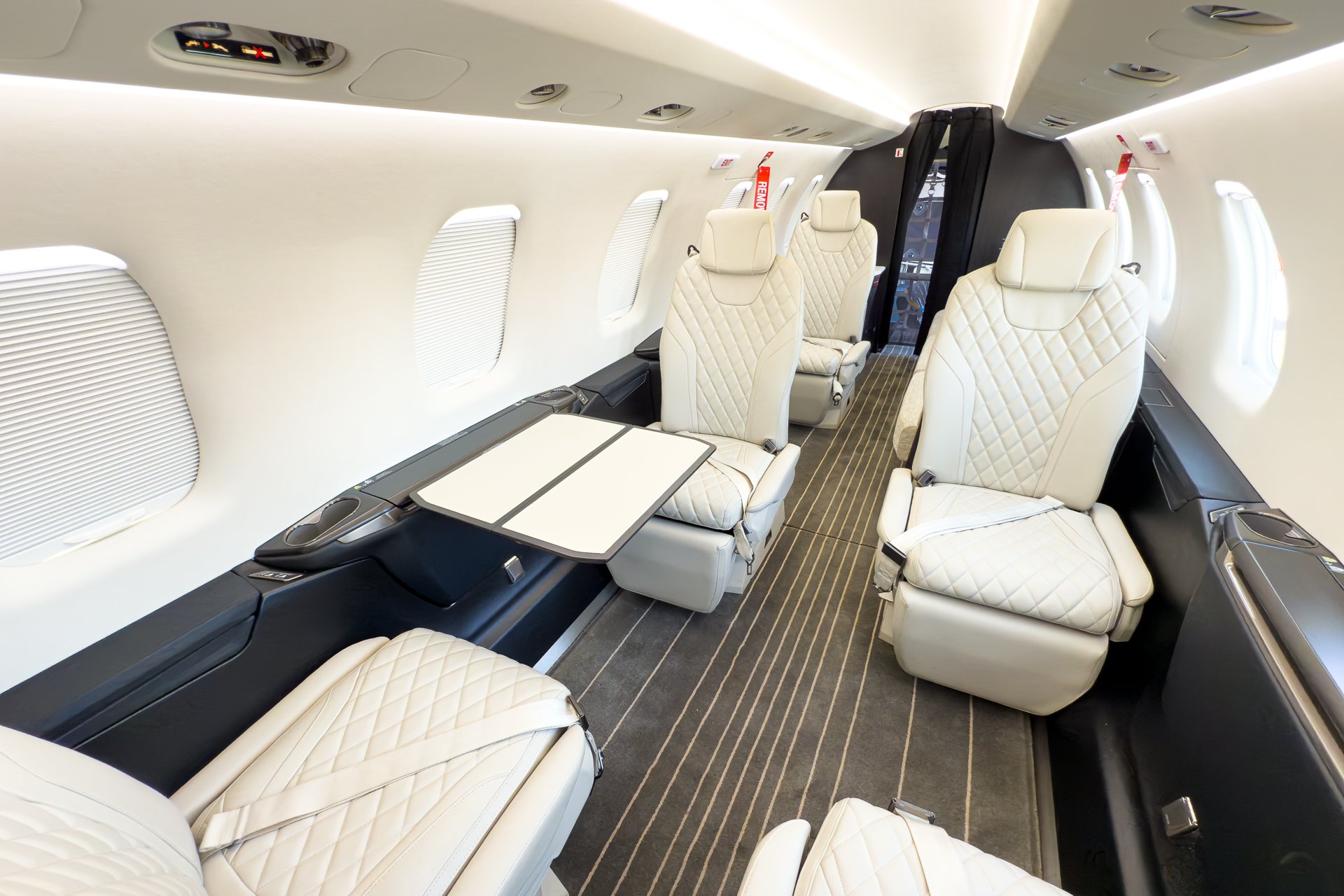

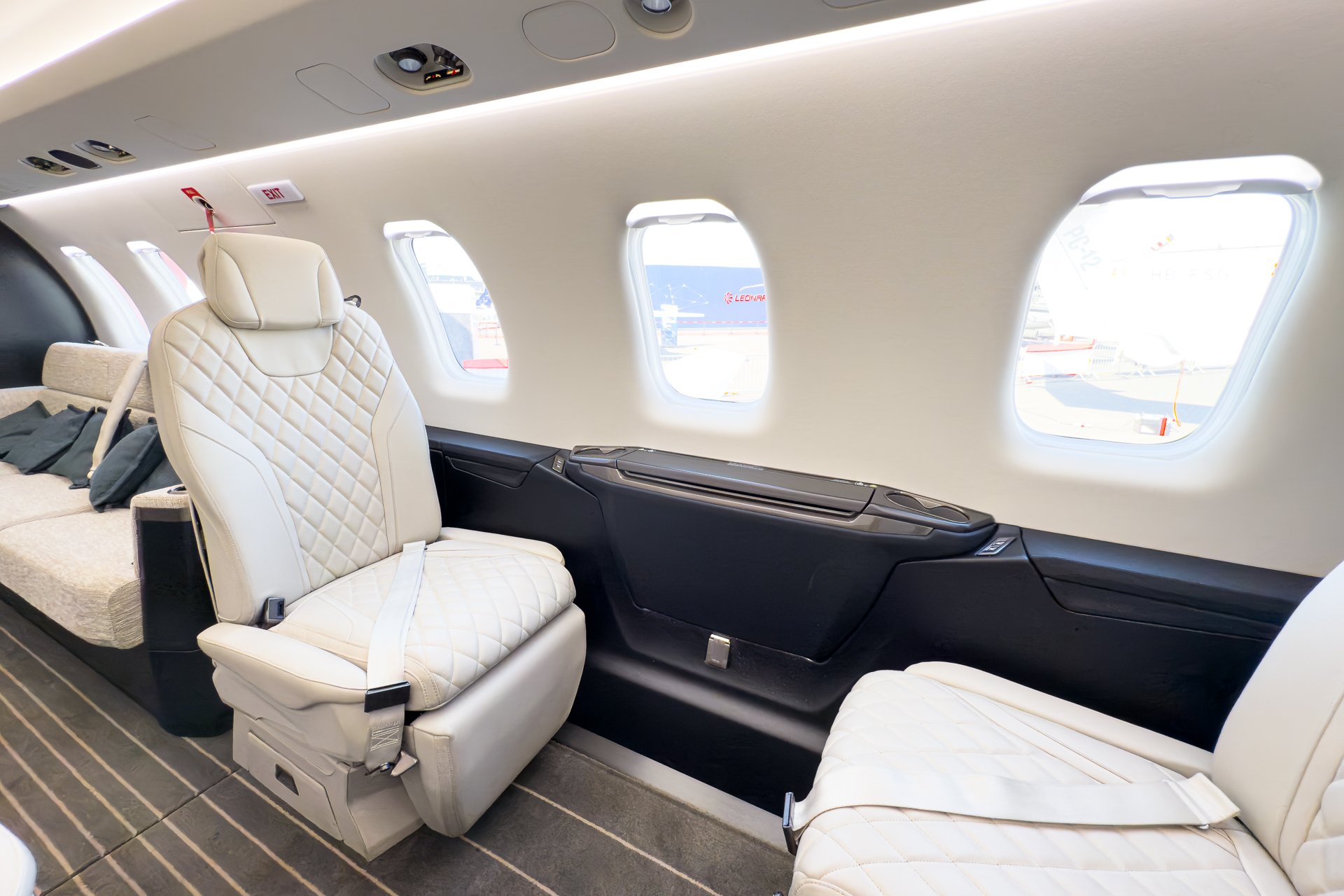
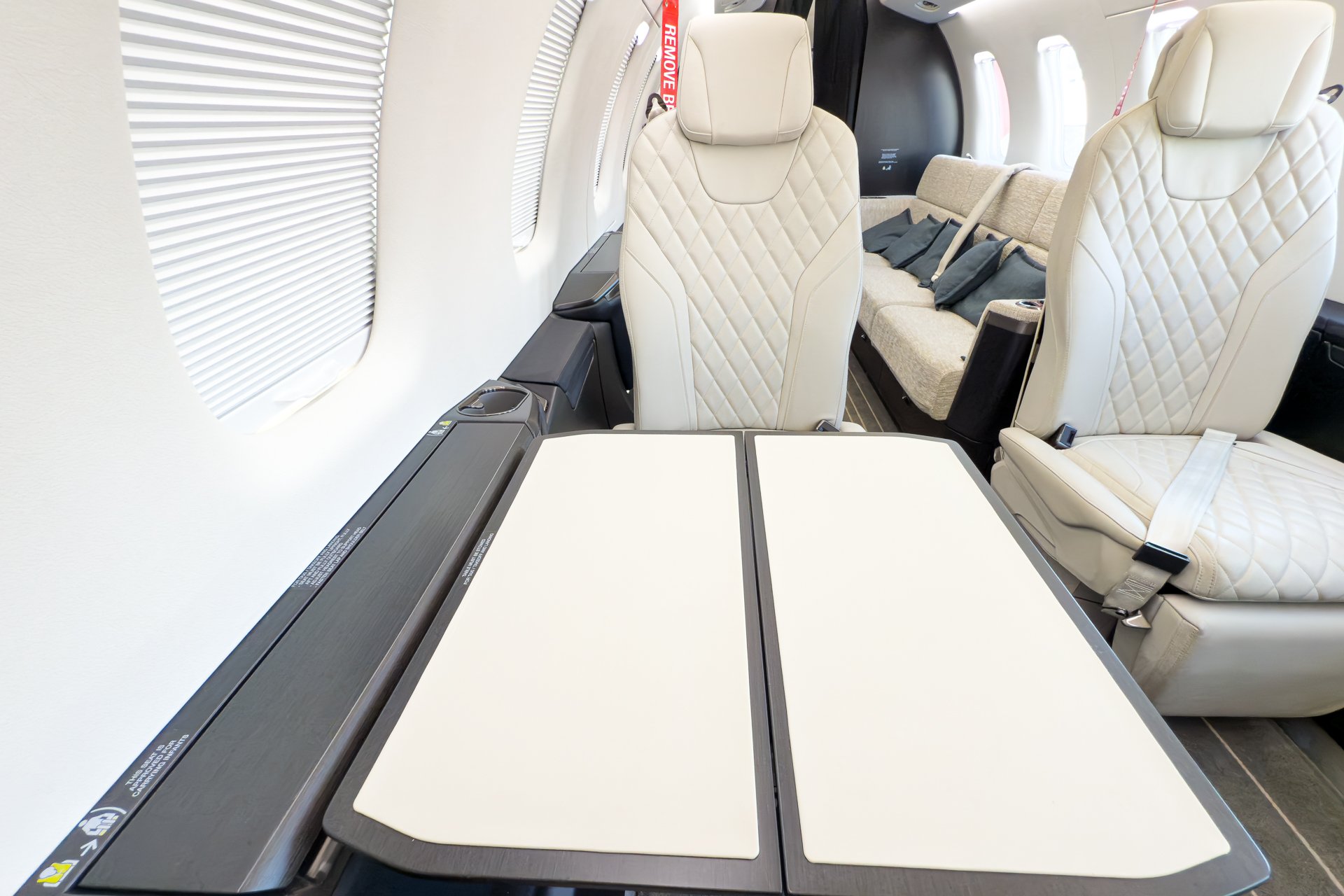
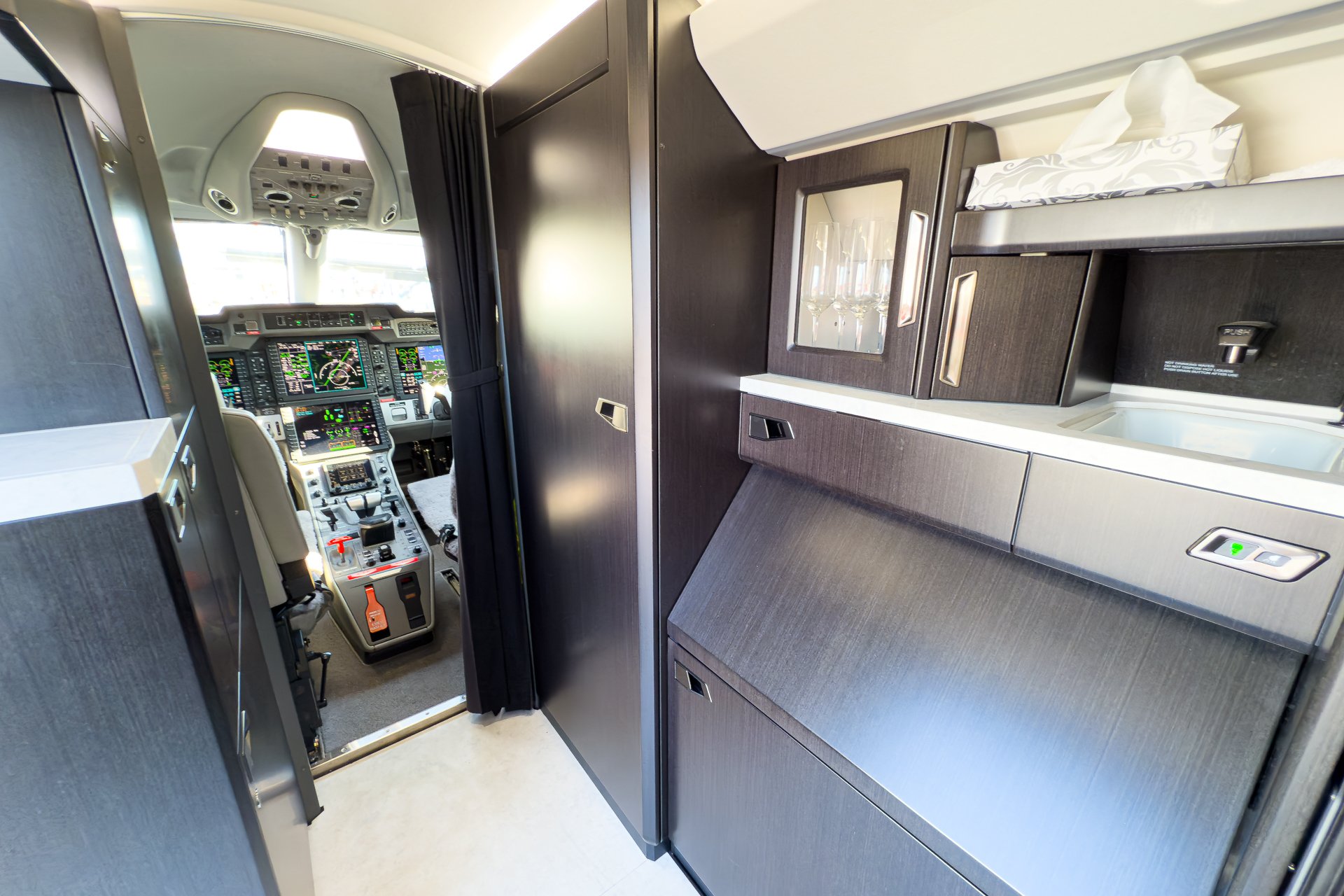
The PC-24's key strength would arguably lie in its ability to operate from short or unpaved runways, including gravel surfaces. This remains a unique capability in its class, potentially valuable for VIP clients or regional operators requiring access to secondary or remote airfields.
In practice, however, this versatility might be underutilized in conventional business aviation. Nevertheless, it could become a strategic asset in reducing ground transfer times, with concrete scenarios such as operating to Annemasse instead of Geneva, or Toussus-le-Noble instead of Le Bourget.
The PC-12 Pro represents a measured yet meaningful evolution. Externally, the aircraft maintains the familiar lines of its predecessor, but the cabin sees a notable upgrade, particularly through the introduction of PC-24-style seating, which would bring a clear improvement in both comfort and flexibility.
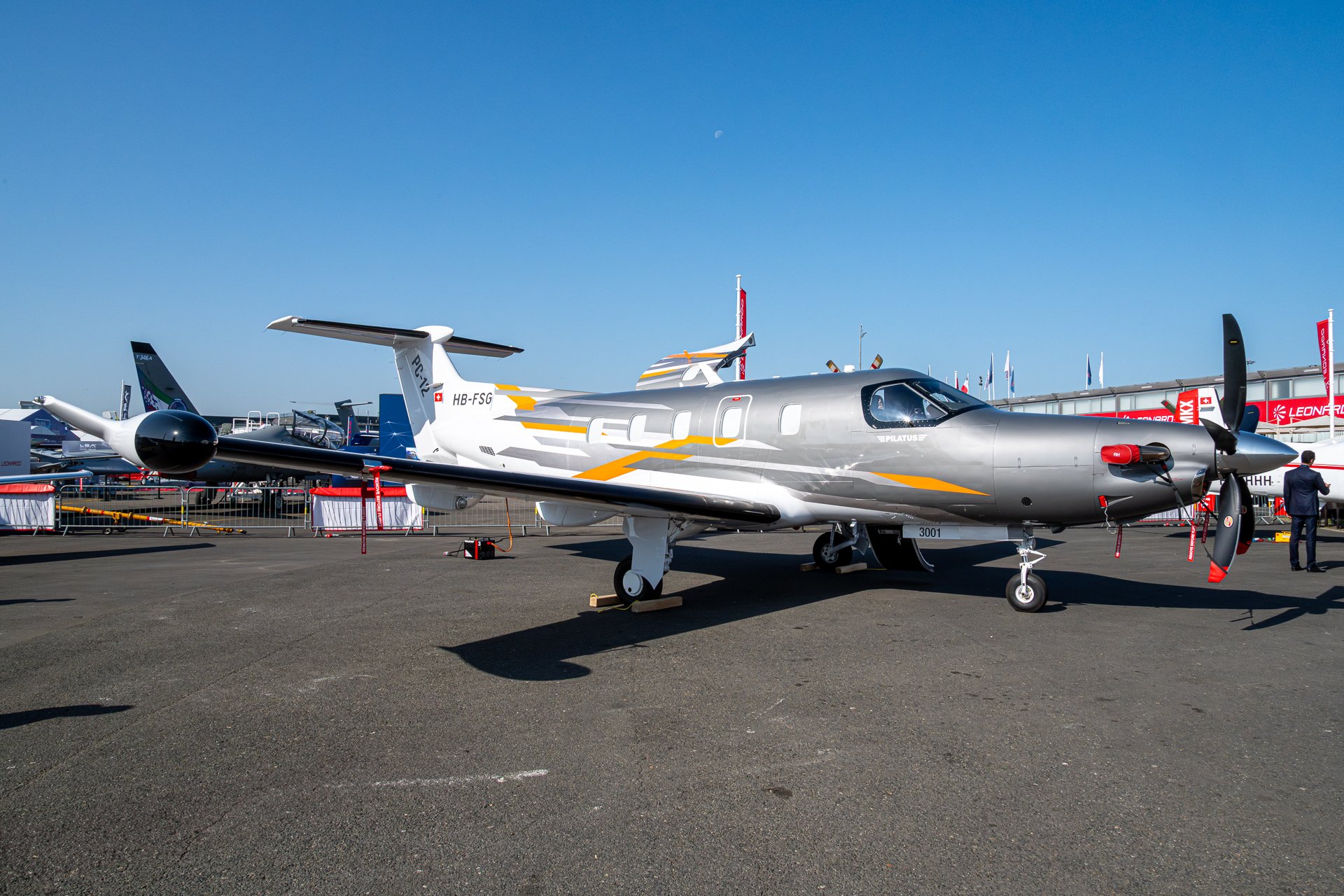
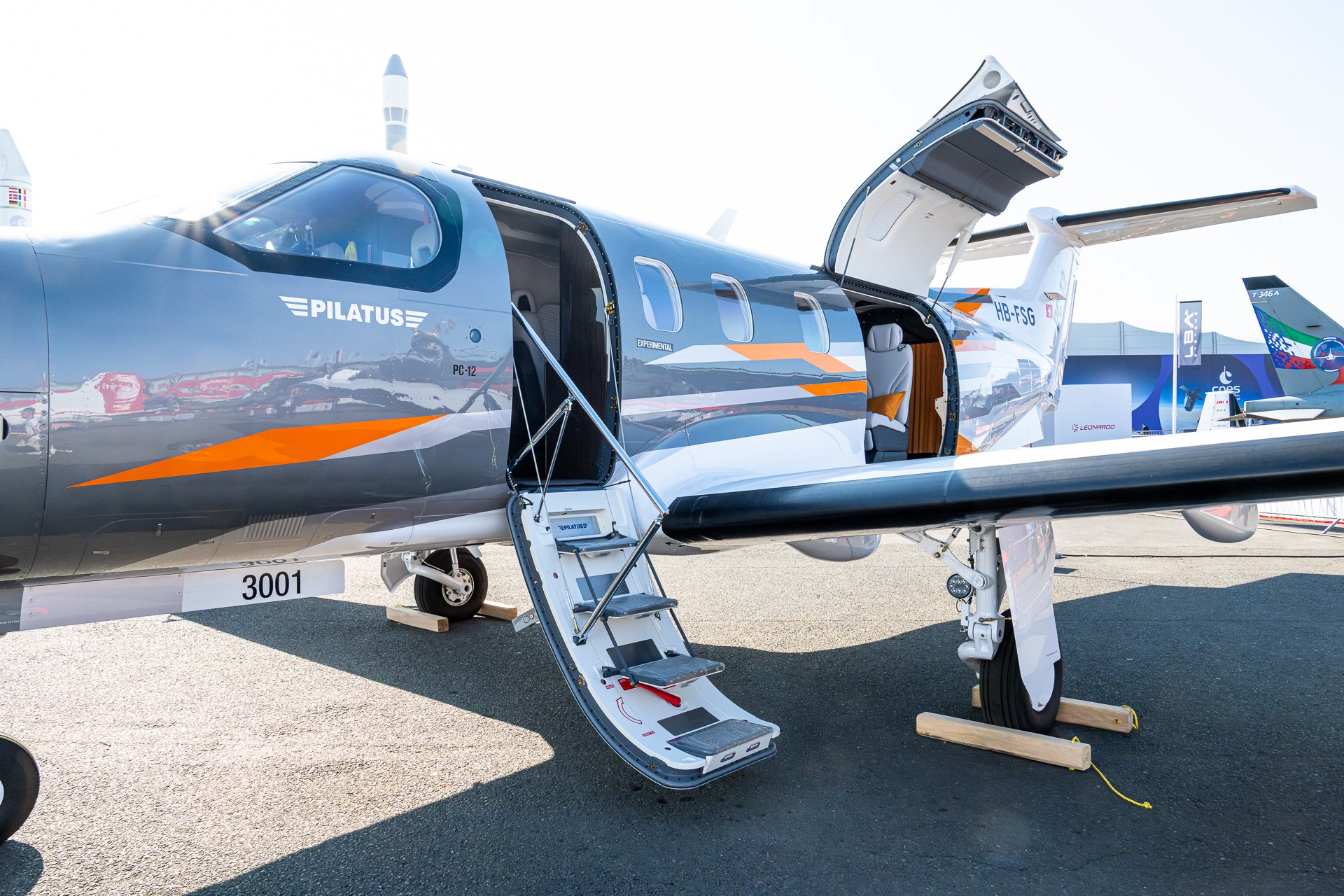
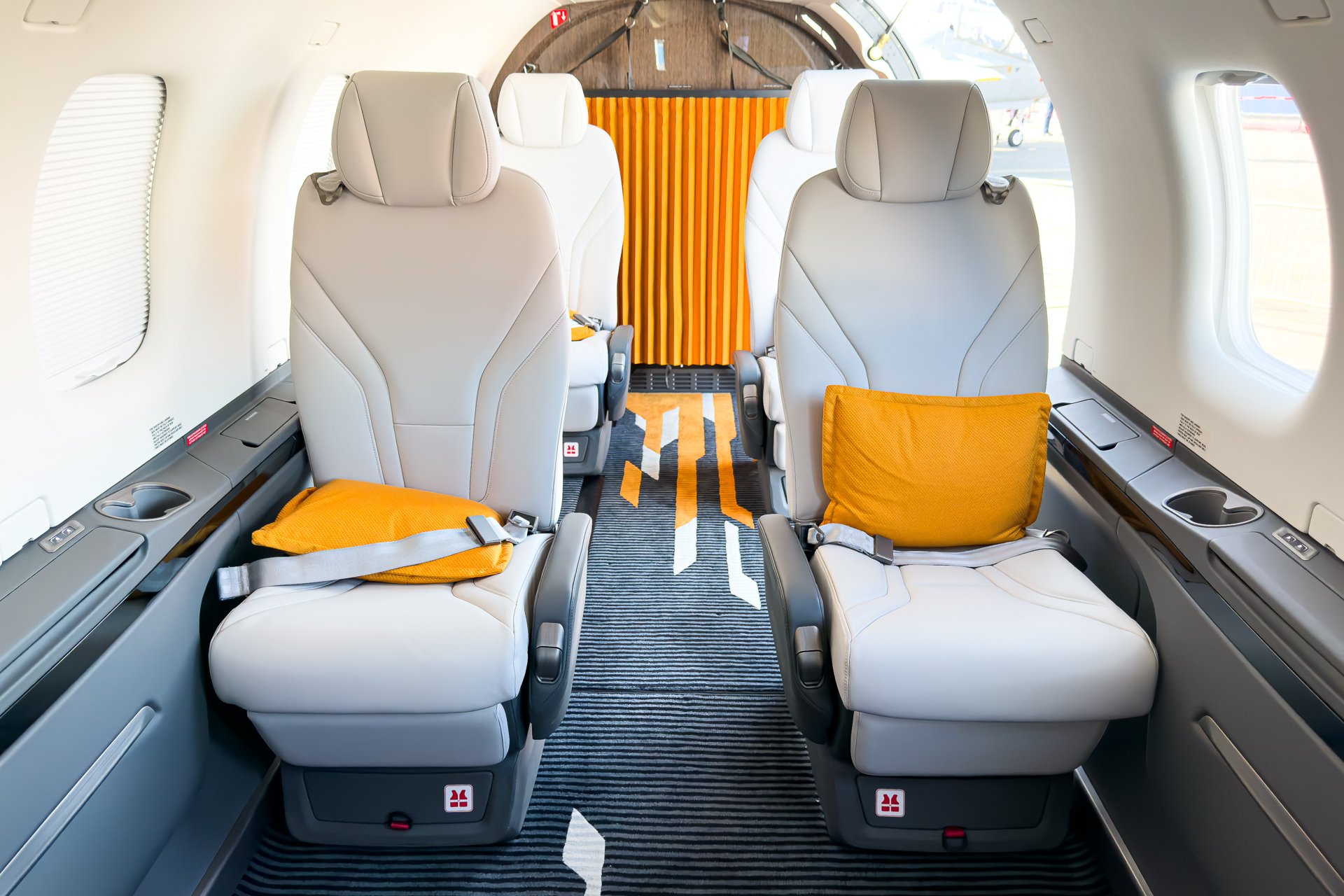
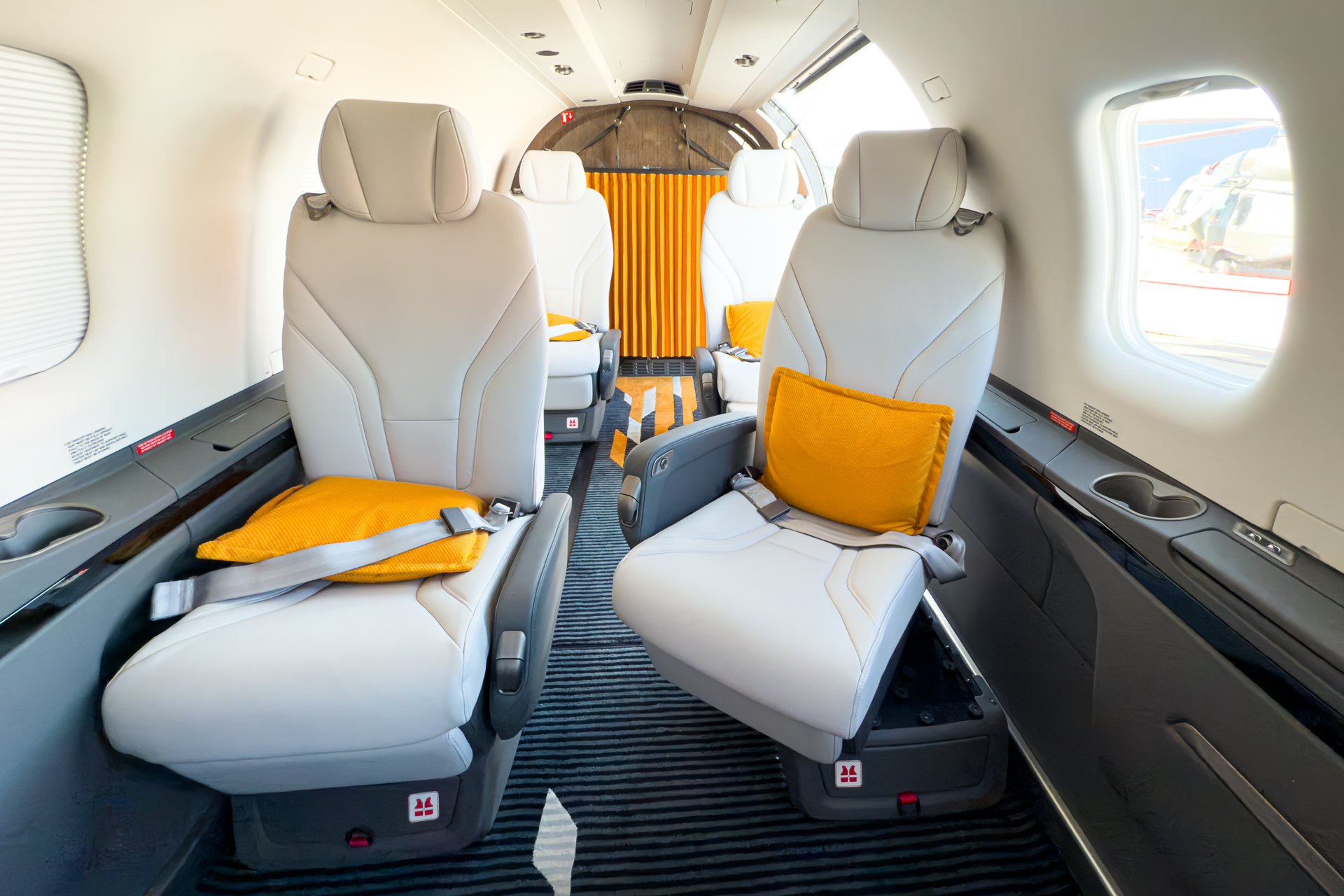

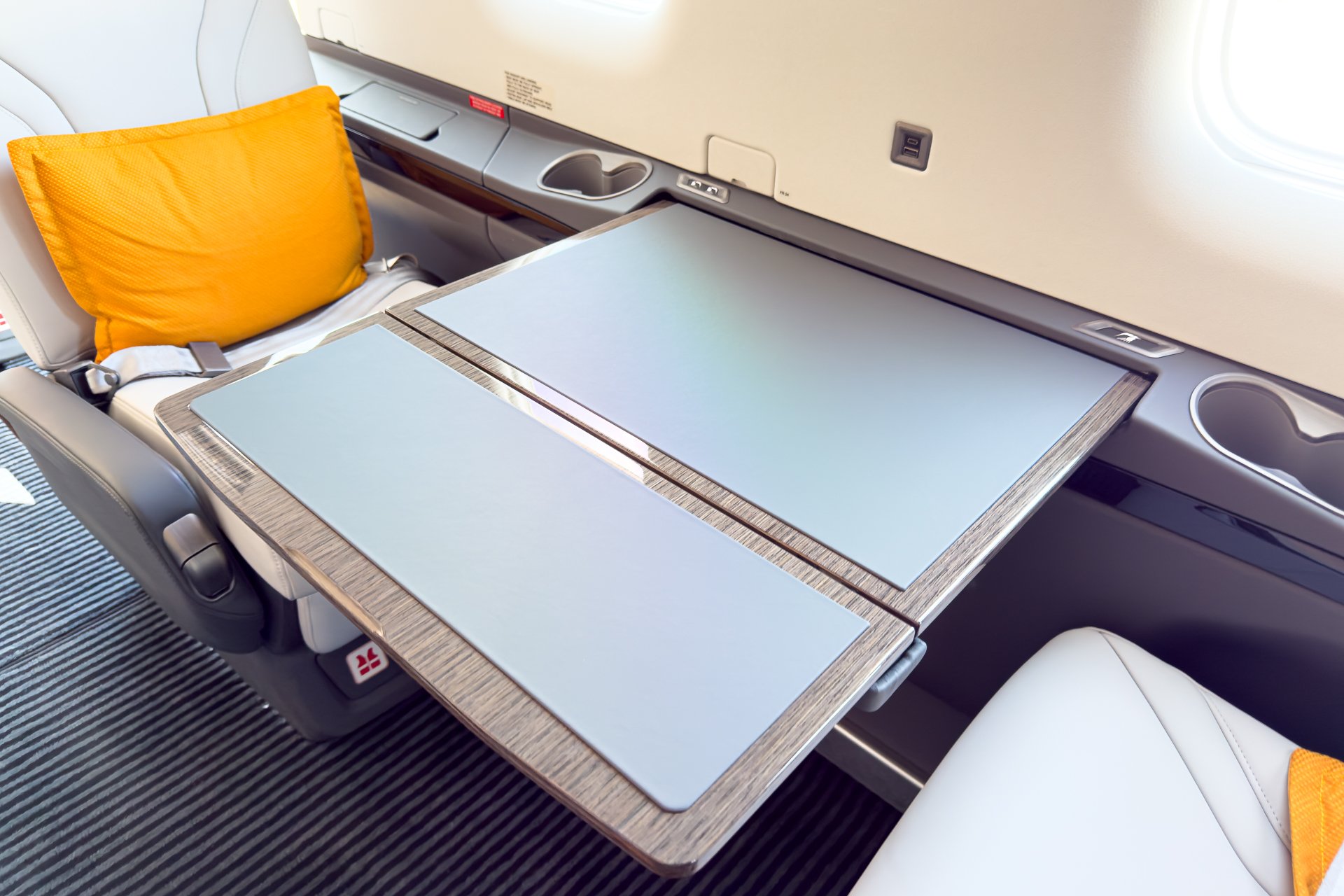

Space would naturally remain more restricted than in a jet, which could be a consideration on longer flights. However, perceived quality has improved, supported by a focus on durable and customizable materials. The aircraft's eco-conscious design direction also aligns with evolving market expectations.
The choice of a turboprop configuration continues to be guided by economic and environmental efficiency, although the noise level, while mitigated by modern soundproofing, might still surprise jet users accustomed to quieter cabins.
Perhaps the most significant innovation lies in the cockpit, which now features a fully redesigned Garmin G3000 avionics suite. The interface was designed to support streamlined single-pilot operations, with a noticeable reduction in pilot workload.

Although single-pilot certification complies with aviation regulations, it could remain a sensitive topic for corporate clients, particularly those accustomed to dual-crew configurations. The addition of Safe Return Autoland—a system capable of landing the aircraft autonomously in an emergency—would represent a major step forward in automation. That said, it might not fully replace the reassurance offered by a traditional cockpit crew, highlighting a space where technology must still contend with human perception.
With these two aircraft, Pilatus does not aim to compete with luxury giants, but rather to deliver a pragmatic approach to business aviation—designed for complex missions, constrained airfields, and real-world operational needs.
Both the PC-24 and the PC-12 Pro reflect a vision of aviation that is useful rather than showy, built around efficiency and flexibility. It's a philosophy that could increasingly resonate in a sector seeking reliable, sustainable, and intelligent alternatives.
Featured image by Yann Arnould / Flightreviews.net